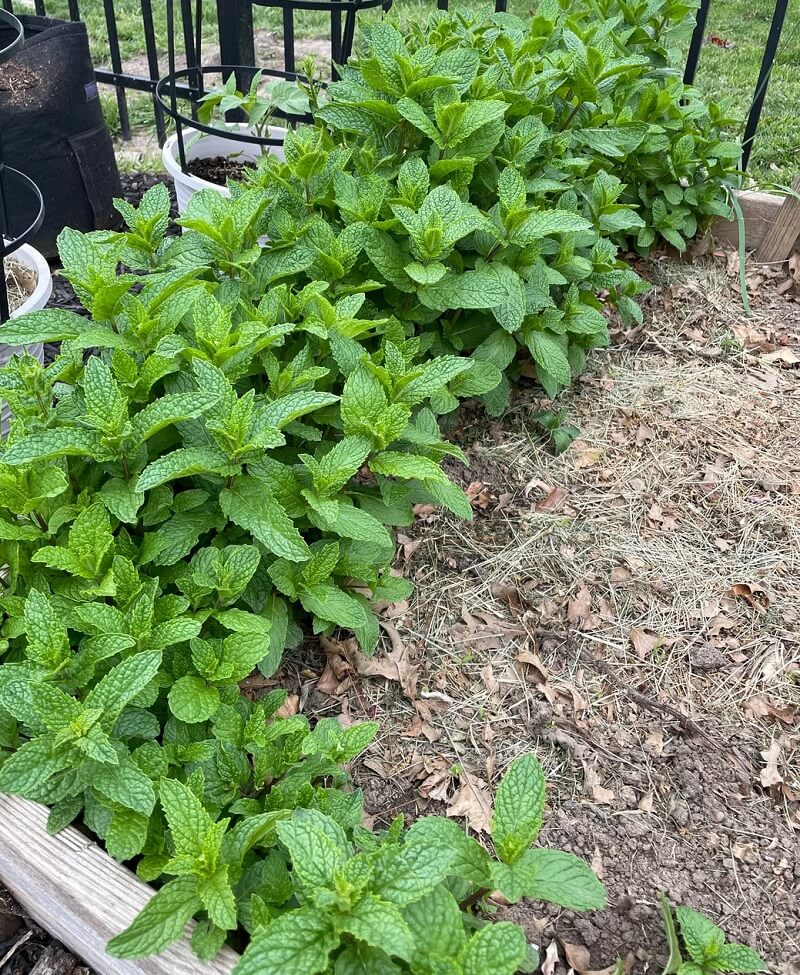While some gardeners worry about planting mint due to its rapid growth, this gardener was excited to see their mint thrive.
"It overruns my beds, but that's all right with me!" wrote the Redditor in the r/gardening forum. "My daughter makes a tisane with crushed, muddled mint, green tea, fresh lemon juice, and local honey."

Redditors were impressed with the contained mint and discussed the benefits of planting it.
"But actually it looks so nice and healthy, I bet it smells amazing," commented one user.
"People here always freak out about mint, but I unknowingly planted some a four years ago and it's hardly spread at all," wrote another Redditor.
Known for its refreshing taste and strong aroma, mint is a great herb to add to your garden. As a hub for pollinators and a natural pest deterrent, mint attracts bees and butterflies while preventing unwanted insects.
However, mint is a fast-growing plant that can take over your yard when it's not properly obstructed. To prevent it from growing aggressively, be sure to only plant mint in pots or contained beds.
Gardening and installing a native-plant lawn can help you save money down the line on lawn maintenance. As you can learn in the TCD Guide, each year you can save $275 on water, $50 on fertilizer, and $50 on pesticides and weed control after switching to a native-plant lawn. And if making a full transition isn't feasible, even replacing part of your lawn can give you some of these benefits.
Native plants and gardens also support the local ecosystem as a whole by attracting key pollinators and foragers. Pollinators are essential to our food supply, as they increase crop yields.
"I also don't mind the mint in my yard," wrote one user. "I find it quite lovely."
"I see many mojitos in your future," joked another.
Join our free newsletter for easy tips to save more, waste less, and help yourself while helping the planet.









